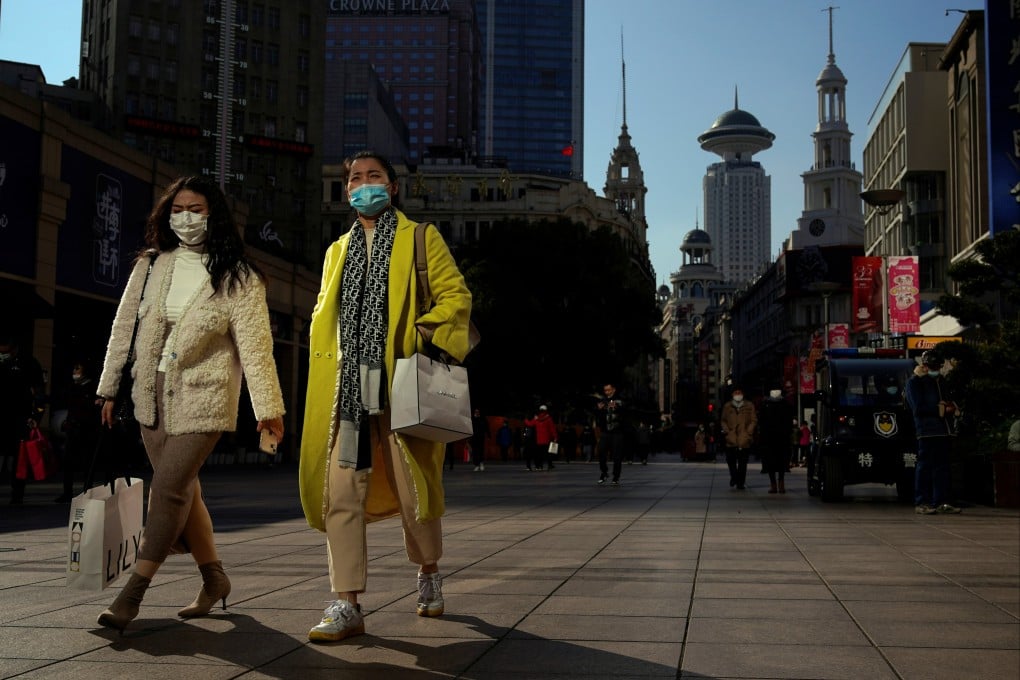The View | China must sacrifice GDP growth to rebalance its economy
- China has little choice: it needs to transition from an investment to consumption-driven economy, even if doing so will be painful
- Since boosting consumption until it surpasses investment growth is practically impossible, China will need to slow down GDP growth altogether

China was once blessed, and now is cursed, with an extraordinarily high investment share of GDP. According to the World Bank, investment comprises around 25 per cent of global GDP, ranging from the high teens and low 20s for more mature economies to the high 20s and low 30s for developing economies during their high-growth stages.
China is different. For decades it has invested an amount equal to 40-50 per cent of its annual GDP. This is an astonishingly high level, but whether it is a good thing or a bad thing depends, like much in economics, on underlying circumstances.
When China began its reform and opening up four decades ago, its economy was so severely underinvested for its level of social development that it benefited enormously from the high investment that propelled growth forward and accommodated the rising needs of Chinese businesses and workers.
By definition a good growth model is one that resolves the imbalances that have repressed development. The very success of China’s growth model, in other words, rapidly closed the gap between China’s actual level of investment and the level of investment its businesses and workers could productively absorb.
As the productivity benefits of additional investment declined, China’s high investment level would necessarily lead to a rising debt burden. This is what eventually happened to every country that has followed this growth model: a period of rapid, sustainable growth was followed by a period of still-rapid but unsustainable growth, driven by surging debt. This started to happen to China at least a decade ago.
That is why one way or another, even if it is possible to move some non-productive investment into more productive sectors, the investment share of China’s GDP must decline sharply in the next few years. Historical precedents suggest that the sooner this happens, the better for the long-term health and stability of the economy.
.jpg?itok=NnPHupUI&v=1664941948)